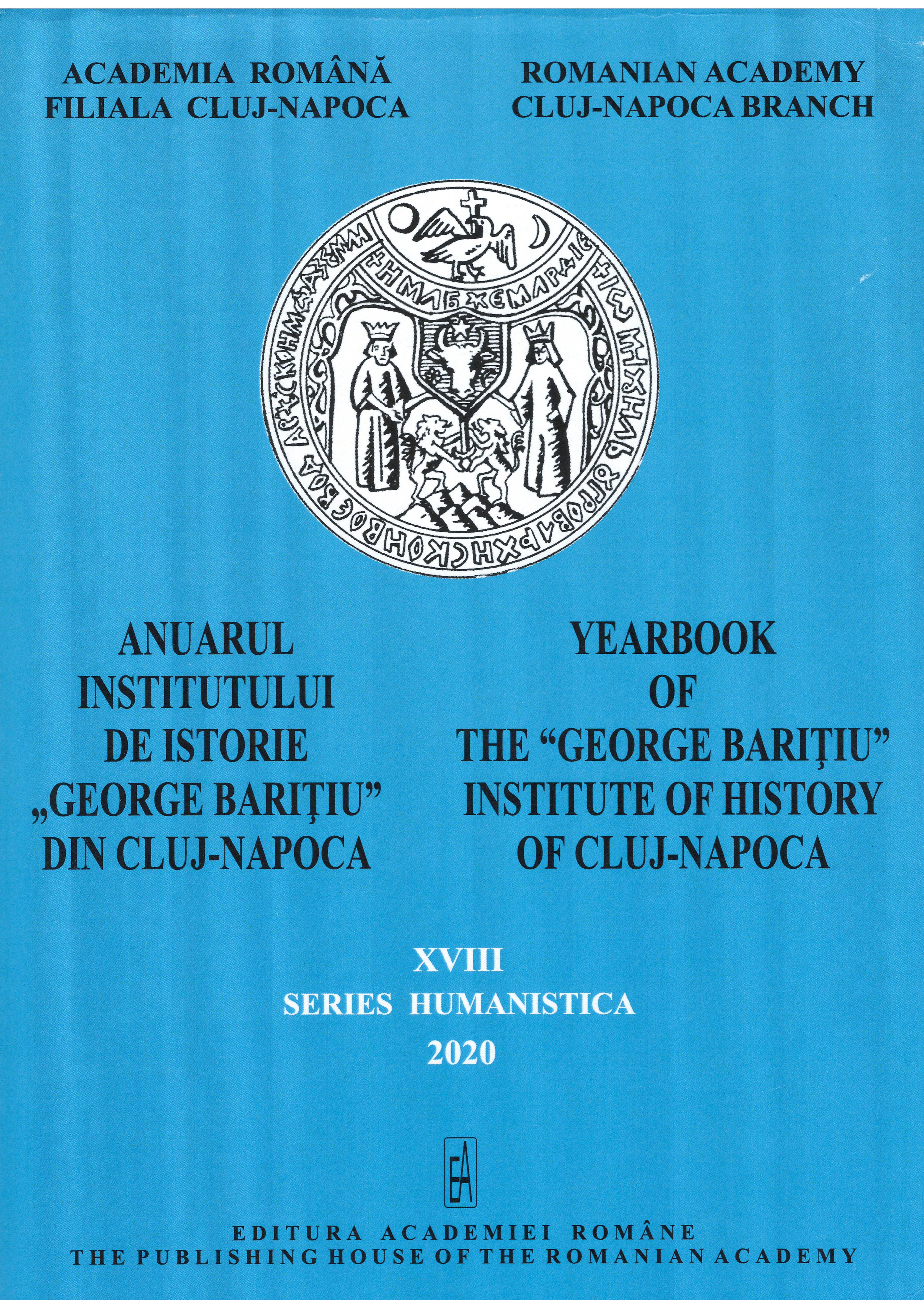Reasons for hiding the truth and their relationship with
moral competence and emotion regulation
Reasons for hiding the truth and their relationship with
moral competence and emotion regulation
Author(s): Lucia-Elisabeta FaiciucSubject(s): Social Sciences, Psychology
Published by: Editura Academiei Române
Keywords: moral competence; moral judgment stages; lying; self-deception; avoidance motivational focus; approach motivational focus; altruism; egocentrism; emotion regulation goals; emotional dysregulation;
Summary/Abstract: The link between one’s moral life and her/his emotional life (in itsemotion regulation aspect) is an understudied issue. In the present correlationaldescriptive research, this link is studied using two measures for one’s moral life, intheir relationship: Moral Competence Test (MCT, Lind, 1978,1985), and the C5Questionnaire (Faiciuc, 2016b), in order to assess one’s reasons for hiding the truth(grouped mainly on the egocentric - altruistic, and avoidance-approach axes), andher/his general tendency to hide the truth. For the emotion regulation part of theabove-mentioned link, there were used six instruments, assessing several of its aspects:one for cognitive emotion regulation strategies (Cognitive Emotion Regulation Questionnaire: CERQ, elaborated by Garnefski, Kraaij and Spinhoven, in 2001), one for emotional dysregulation (Difficulties in Emotion Regulation Scale: DERS,elaborated by Gratz and Roemer, in 2004), three for emotional regulation goals(Measure A and B for the performance and learning goals for emotion regulation,elaborated by Rusk, Tamir, and Rothbaum, in 2011, and The Questionnaire for the Emotion Regulation Goals: QERG, elaborated by Faiciuc, in 2018), and one formetaemotions (Meta-Emotion Scale: MES, elaborated by Mitmansgruber, Beck, Höfer,and Schüßler, in 2009). At the research participated 144 students in the second year at the University of Fine Arts and Design from Romania (mean age: 20,22 years, 101female, 39 males, and 4 did not disclose their sex), who completed at least one of the instruments used in the research. The results replicated a part of the results of a previous study (Faiciuc, 2016a), in which only the relationship between the MCT variables and those of C5 questionnaire was investigated. They also suggest that thatlink may be moderated by one’s emotional dysregulation and its aspects, the expected correlations occurring mainly in the case of a low level of emotional dysregulation. The most stable correlation was the positive one between the moral competence index of MCT and the preference for those altruistic reasons for hiding the truth that invoke the desire to avoid harming a close person. An important positive correlation was also the one between the same moral competence index and the preference for the avoidance reasons for hiding the truth. There was obtained also an emotion regulation profile associated with each of the ten studied types of reasons for hiding the truth. It is a complex pattern of results that can be better understood in their interrelationship, in their support for each other. In this pattern, the positive relationship between one’s tendency to lie to others and to oneself (as revealed by one’s emotion dysregulation)stands out. The data obtained with the QERG instrument suggest that the regulation of the positive emotions, in comparison with the regulation of the negative ones, may be differently linked with the investigated moral variables. These results bring also useful data regarding the convergent validity of the instruments involved in the present research, and can be helpful to understand the impact of a social environment that depletes one’s emotion regulation resources on her/his moral life, and to guide moral education programs. Given the small samples that were used in many of the computed correlations, further studies are needed on larger and more heterogenous samples, in order to establish the stableness of the obtained results, and their generality, and to give also the opportunity for a more advanced data analysis of the relationships among the investigated variables, clarifying their causal direction.
Journal: Anuarul Institutului de Istorie »George Baritiu« din Cluj-Napoca - Seria HUMANISTICA
- Issue Year: XVIII/2020
- Issue No: 1
- Page Range: 69-160
- Page Count: 91
- Language: English

